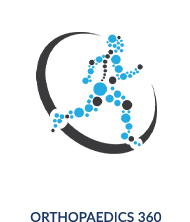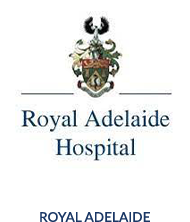What is shoulder instability?
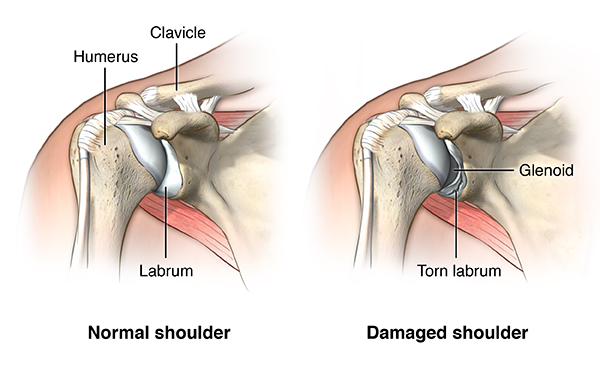
The shoulder joint is comprised of three bones – the humerus (armbone), the scapula (shoulder blade), and the clavicle (collarbone). The ball-and-socket part of the shoulder joint is made up of the ball end of the humerus, and the socket end of the scapula (glenoid). This is technically referred to as the glenohumeral joint. This joint is the most mobile joint in the body. Rather than being like a ball in a socket, it is actually more similar to a golf ball balancing on a golf tee – pretty wobbly!
To remain stable, the glenohumeral joint therefore relies on the surrounding circular cartilage rim, called the labrum, as well as the various muscles and tendons of the shoulder. These include the rotator cuff tendons and deltoid muscle.
Shoulder instability refers to the ball of the humerus sliding off the edge of the glenoid rim. When it completely slides off, the shoulder is dislocated. When the shoulder has been dislocated once, it has a tendency to become unstable and can be easier to dislocate again.
How is shoulder instability caused?
Shoulder instability is usually caused by direct trauma to the shoulder joint, particularly when the arm is brought above and behind the head forecfully. This can occur with contact or overhead sports such as AFL, rugby and basketball. A shoulder dislocation can also occur in high energy accidents such as a fall from height or a motorvehicle accident.
Commonly, patients with shoulder instability and dislocation are in their teenage or young adult years. Patients may have a tendency to be ‘double-jointed’ or have generally looser ligaments (hypermobility). Once the shoulder has dislocated, the soft tissue and bony structures that help stabilise the joint may be irreversibly damaged. This includes a tearing of the ligaments and labrum surrounding the shoulder joint, as well as the fractures of the humerus and glenoid rim.
What are the symptoms of shoulder instability?
An unstable shoulder can cause the following problems:
- Tendency for the shoulder to dislocate
- Pain in certain arm positions – usually when the arm is above and behind the head
- Lack of confidence in the shoulder when performing certain activities
- Loss of ability to work or play sport
How is shoulder instability diagnosed?
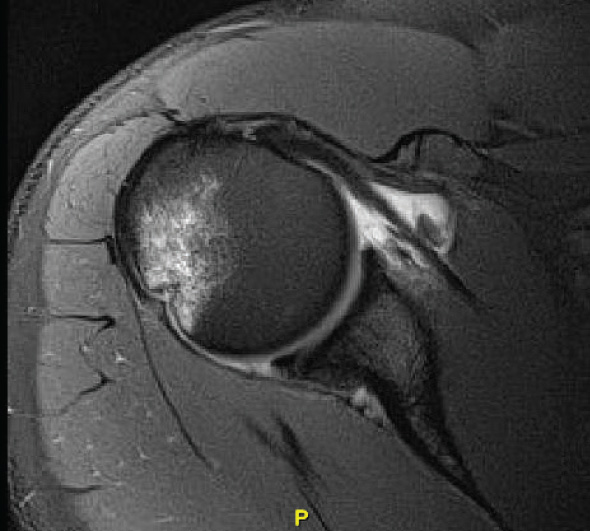
A detailed history and clinical examination is required to assess the degree of shoulder instability and risk of repeat dislocations. Dr Yu will assess the overall looseness of ligaments in the shoulder and the range of motion of the arm. Additional tests include:
- X-ray of the shoulder – although the ligaments and labrum are not shown, an x-ray is useful to assess damage to the bone of the humerus and glenoid rim.
- MRI – the gold standard in imaging to show in detail the degree of damage to the shoulder labrum and ligaments, as well as to assess the rotator cuff tendons.
How is shoulder instability treated?
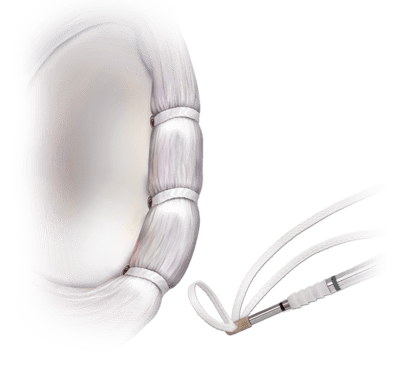
After an acute dislocation, the affected arm should be rested in a sling for 2-3 weeks. This allows the pain to settle and for inflammation in the shoulder to subside. Gentle mobilisation and exercises can be commenced after this, and appropriate tests and investigations can be arranged.
Physiotherapy may be helpful to stregthen the muscles around the shoulder and shoulder blade to help stabilise the joint.
If there are ongoing instability symptoms, or the risk of repeat dislocations is high, then surgery may be necessary to stabilise the shoulder joint. Read more about
arthroscopic shoulder stabilisations
Latarjet stabilisation procedure.
My goals as a surgeon are to relieve your pain, restore your function, and return you back to doing what you love.
– Dr Raymond Yu
- Adelaide Orthopaedic Surgeon
- Adelaide Shoulder Surgeon
About
Dr Raymond Yu
Dr Raymond Yu is an Adelaide Orthopaedic Surgeon with post-Fellowship expertise in Shoulder and Elbow Surgery.
He specialises in orthopaedic surgery of the Shoulder and Upper Limb with a focus on modern keyhole and minimally-invasive techniques.
Dr Yu has a special passion for:
- Rotator cuff repair surgery
- Shoulder replacement surgery
- Shoulder stabilisation surgery
Dr Yu practices at


